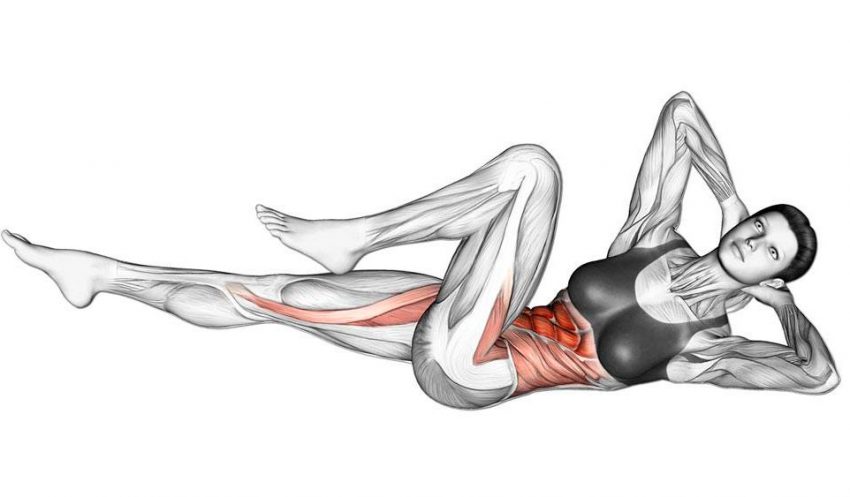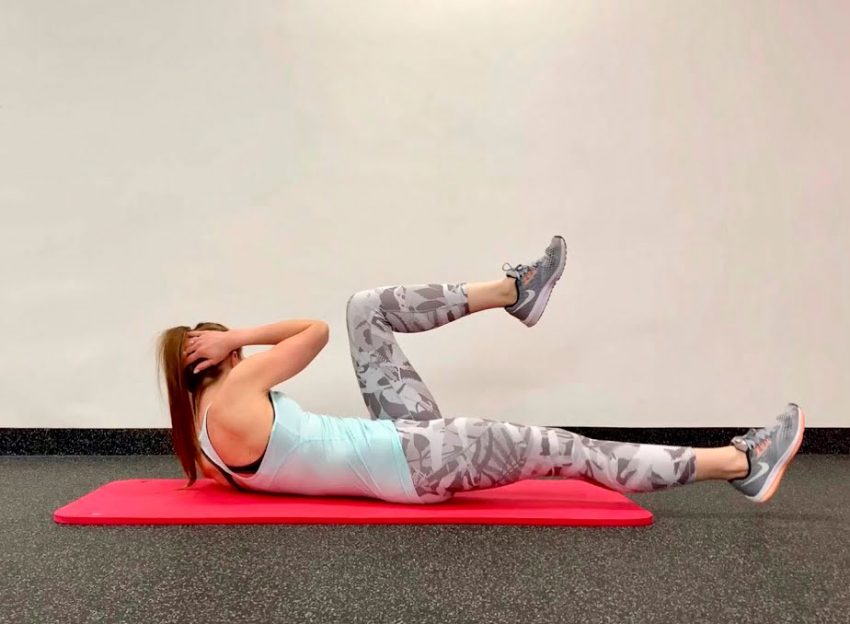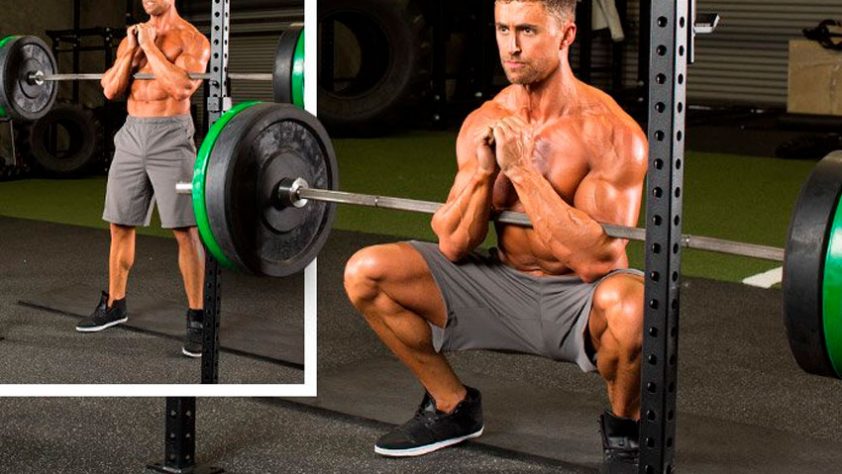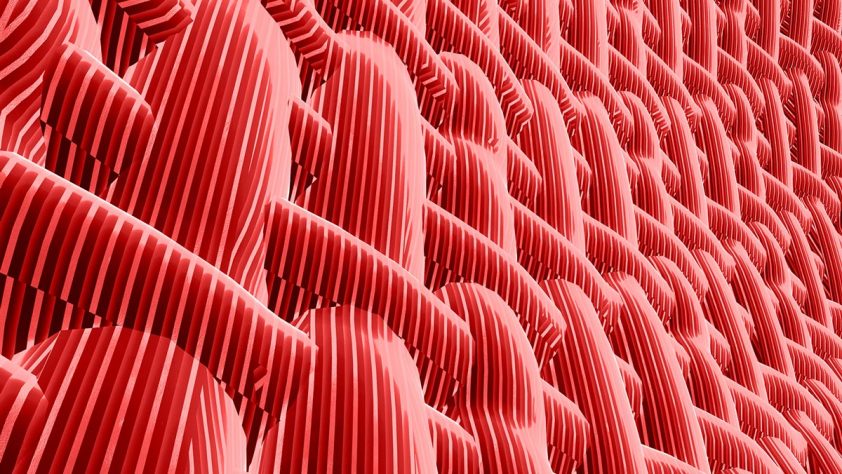Someone thinks that it is better not to touch the oblique abdominal muscles for the sake of aesthetics and waist. Others – that they need to be pumped, then the waist will become thinner. But in sports and rehabilitation, it is customary to strengthen the oblique. This will help keep the spine more stable in the process of performing any strength exercises, and will serve as the prevention of hernias and protrusions. Oblique crunches without weight can not harm the waist, especially if the athlete follows the dietary rules and does not overeat. How to do crunches correctly?
Pros and cons of exercise

Lateral crunches are also called “oblique” or “diagonal”. The second variant of the name is by the type of working muscle. Exercise develops the oblique abdominal muscles. Many believe that there is no place for movement in women’s training, as it builds aesthetics on the male type – a “square” torso, dividing abdominal muscles. Many even write on blogs that pumping obliques is the path to waist loss. In all fairness, a simple visitor to a fitness club will not build a male-type physique. After all, she simply won’t have enough stimulus for muscle growth if she doesn’t specialize in oblique crunches. And also – there will not be enough energy to build these very muscles, since most still come to clubs to lose weight and are in a permanent calorie deficit.
Side crunches are good for the health of both men and women. And the growth and definition of oblique muscles can be avoided by correctly dosing the training volume and not doing too many oblique exercises, and even with weight.
Pros of diagonal twists:
- strengthens stabilizing muscles and improves posture;
- relieve pain from spasms of the rectus muscle of the back, especially if the spasms are caused by an overestimated training volume, and not by dietary disorders;
- improve the aesthetic appearance of the center of the body;
- help to stabilize the body while running, high jumps and brisk walking;
- improve the speed qualities of athletes by improving mobility in the hip joint;
- help to tighten muscles and reduce the volume of the abdomen and waist.
The paradox, but good tone, and not hypertrophy of the oblique muscles of the abdomen in women’s training is a plus. Several sets of oblique twists per week will not only get rid of a hanging abdomen, but also make the waist a little thinner as pa due to mechanical muscle tension. And in order not to have problems with a “wide waist” you just need to do the exercise not to the point of failure, and control your nutrition.
What muscles work

Basic:
- Oblique muscles and serratus anterior;
- Transverse abdominal muscle;
- Rectus muscle.
Back muscles work as stabilizers. With some variations of movement, the quadriceps are turned on, the adductor muscles and even partially the hamstrings, but these muscles do not experience maximum load, therefore, the exercise is not developing for them.
Technique lying on the floor

The exercise is performed as follows:
- Lie on the floor with your heels about 20 cm from your buttocks. Pull in your stomach, tighten your abs;
- Lift your right leg off the floor, place the lower leg on the thigh of the left leg crosswise so that the right knee looks to the right;
- Find a comfortable position, press your back completely to the floor;
- Tear off the upper body from the floor;
- Bring the left shoulder to the right knee, while pulling the stomach inward and twisting;
- Slowly lower yourself back down;
- Repeat first all the required number of times in one direction, then in the other.
Diagonal twists

- Place yourself on the floor on a rug;
- Press your back to the floor;
- Pull in your stomach;
- Lift your right shoulder and left foot off the floor;
- Pulling in your stomach, direct your knee to your shoulder;
- Return to starting position;
- Repeat the same number of times on the other side.
The exercise can be complicated by taking a pancake from a barbell or a small dumbbell in your free opposite hand. Sometimes, to complicate things, the legs are tied with a rubber round shock absorber for fitness, or weights are put on the ankles.



